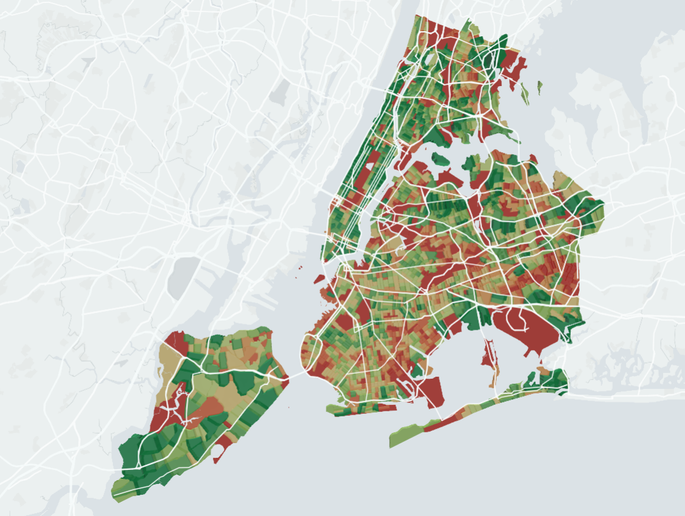
AI dynamic pricing has worked successfully for rental fleets and carsharing services in the U.S. and United Arab Emirates.
Graphic: Rexalto AMPE
As the automotive industry becomes more competitive, manufacturers, dealerships and rental car companies are looking for creative ways to scale their business.
Dynamic pricing, also known as surge or demand pricing, is an innovative way to increase revenue.
How Does Dynamic Pricing Work?
For a successful launch, AI model needs relevant supply-and-demand retro data about user behavior and market conditions.
Data granularity is also important. The best results will be on daily and hourly detailed datasets. Ideally the system needs up to two years of retro data to harmonize and get stable seasonality.
Retro data can be gathered for a shorter or longer period, but two to three months of data cannot provide full information about seasonality and demand curve, while two years or more of data can contain more outdated and non-relevant information to current state of business.
AI-driven dynamic pricing solutions are already available for different markets, including adjusted solutions for the automotive industry. An AI dynamic pricing engine allows rental, mobility and infrastructure operators to react instantly to market conditions and improve and scale up their revenue.
Focusing on Retro Data
For better results, it makes sense to look at solutions that allow you to integrate a company’s retro data into an existing model which is already built on relevant data. This approach will reduce the time required to install and refine the model and will also ensure a quick transition from training and finetuning to providing price forecasts that can be used immediately.
In one example, dynamic pricing services were trained on an enterprise size-level vehicle park containing up to one petabytes of data about supply and demand in different cities, including seasonality and demand curves.
Now it works successfully for rentals and carsharing businesses in the U.S. and United Arab Emirates.
Considering the requirement for speed of installation and implementation, it is also recommended to use solutions that can be easily integrated into the current technological contour and comply with all global and local legal requirements, including the European Union’s AI Act and General Data Protection Regulation (GDPR).
AI Gets to Work on Day 1
Best dynamic pricing AI engines start to work from day one. By the end of the day, it can demonstrate about 70%-75% accuracy. By the end of the second week, it can handle about 90%, and at month get 100% accuracy and efficiency.
In one example, Rexalto AMPE dynamic pricing solution helped to improve revenue per car by up to 46% for a car rental service in Dubai, with results starting in the first few weeks. The previous price optimization solution was based on manual analytics, while new AI used pre-established data for forecasting on a proven high-quality dataset. This not only saves time on deployment and fine-tuning but also provides almost instant results.
The solution should work large enterprises and small operations (fleets of 50 or fewer vehicles). The number of data points considered will vary.
With dynamic pricing, AI businesses can quickly respond to market fluctuations, capitalize on peak demand periods, and drive business growth while delivering exceptional customer experiences.
About: Loriana Sardar is the co-founder and CEO of San Francisco-based Rexalto AMPE.
